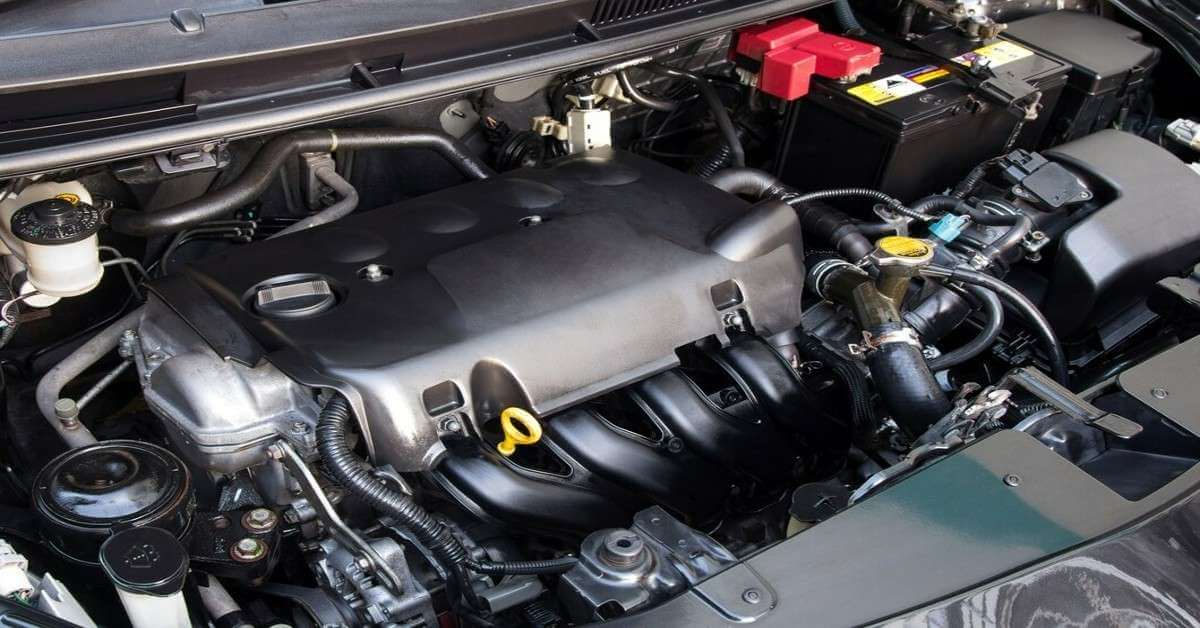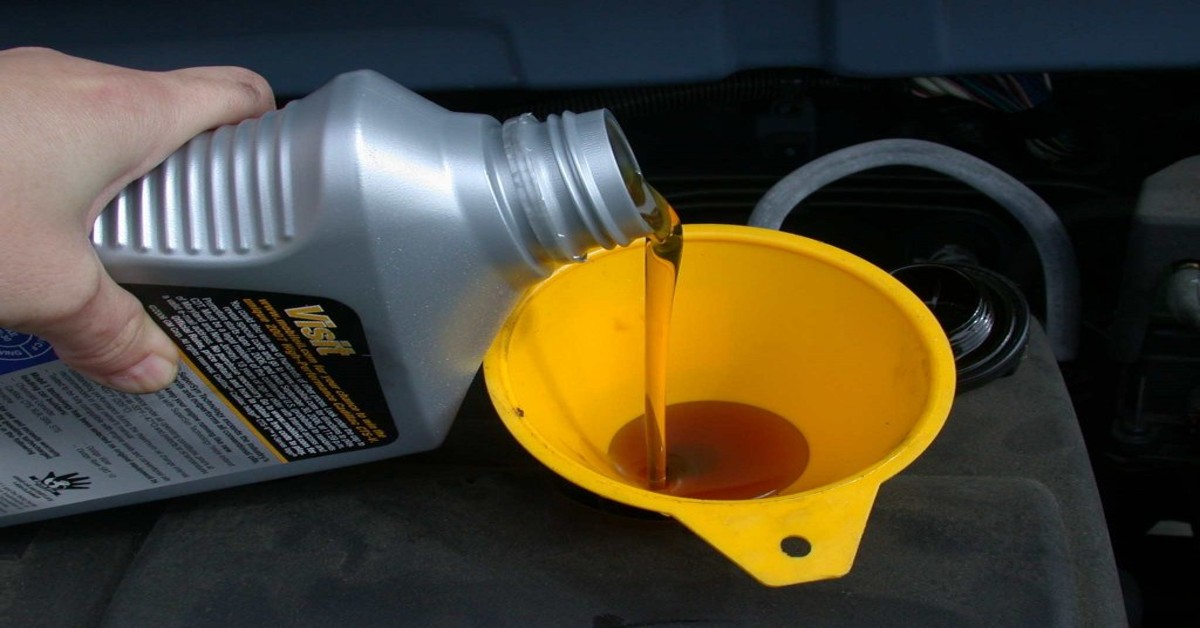One of the most important factors to consider when purchasing a car or two-wheeler is the vehicle’s pricing. The dealership salesperson would give you two prices: ex-showroom and on-road. The on-road pricing is the price you actually pay for the automobile, so keep that in mind when making your decision. Depending on the automobile type and the state in which it is purchased, the on-road pricing is roughly 10% higher than the ex-showroom price.
Connecting people, places, and ideas requires some form of transportation. It is no longer a luxury, but a need. Everyone desires to purchase a vehicle with their own money obtained as a result of their labor. When you walk into a dealership and select the automobile of your desires, it’s time to learn about the rate specifications, such as ex-showroom versus on-road pricing, as this is a crucial component to consider when purchasing a vehicle. You could be confused by terminology like ex-showroom price and on-road pricing when the dealer specifies the price details and discusses them. The only difference is that the dealer tacks on a few more expenses.
Table of Contents
What is Ex-showroom Price?
The octroi tax may be included in the ex-showroom pricing in various states and cities. This is the tax levied by the local government on items brought in from outside the territory for consumption there. While most adverts mention ex-showroom costs for Delhi, it’s wise to double-check the ex-showroom price for the state or city you’re in. Ex-showroom pricing, for example, is greater in Mumbai than in Delhi.
The price you pay to acquire a car without any additional RTO, Road Tax, or insurance fees is known as the ex-showroom cost of a vehicle. As a result, while these three payments are required to operate your car/bike on public roads, they are not included in the ex-showroom price. Finally, it is the cost of a vehicle that is frequently marketed.
This price also includes the following:
- Ex-factory charges
- The profit margin of a vehicle dealer
- GST
Influencing factors of Ex-showroom Price
Fees for Registration
The first add-on is a car’s ex-showroom price. An automotive registration is required by Indian legislation, whether it is a motorcycle, a four-wheeler, or a heavy-duty truck. It must be registered with the local RTO office; otherwise, driving on public highways is unlawful. The registration charge is a fee paid by the RTO in exchange for the allocation of a unique number.
The technique is usually carried out by the dealer. You can negotiate the price of the plate and the smart card with the dealer, but you cannot select a cheaper registration alternative. The state code is represented by two beginning letters on the license plate (KA for Karnataka, HR for Haryana, DL for Delhi, WB for West Bengal). It is followed by two distinct numbers that represent the area code, and then two more alphabetical letters. Finally, the car’s four-digit registration number is shown on the number plate.
Green Cess
Because there have been so many changes, it’s important to be especially cautious. Following the prohibition on diesel automobiles in Delhi and the National Capital Region (NCR), the Indian government has legalized a 1 c/o green cess on the Ex-showroom price, which would be applied to all vehicles traveling on Indian roads. However, because this tax only applies to cars with engines larger than 2000 cc, buyers should exercise caution when paying the taxes, as anyone purchasing a car with a smaller engine is immune from the penalty.
Accessories
Only the purchaser understands what qualifies for a spot in a car’s interior. Because not everyone wants bobbleheads, religious icons, pillows, or glitzy decorations in their car, the owner must select for himself which items will be allowed inside. It’s worth noting that these are more expensive than aftermarket alternatives.
Road Tax
This one-time fee must be paid for the first 10-15 years of the new vehicle’s life. Buyers who believe the salesperson’s “words of wisdom” frequently overpay this tax. So play it carefully and you won’t be overcharged because it’s based on the Ex-showroom price plus a percentage of 3 to 20, which is a tax paid to drive your automobile on the road without breaking any laws.
Tax collection at source
This one, though, has a unique twist to it. Since June 2016, a 1% tax on cars worth more than ten lakhs has been necessary as per the Government of India’s statutory procedure. Buyers receive a certificate if this tax is imposed on them, which they must submit when filing their income taxes.
Insurance
According to the Motor Vehicles Act, car insurance is required, and failure to do so will result in significant financial penalties. When it comes to insurance coverage, the buyer should be aware that he has various possibilities. Third-party, comprehensive, and zero-depreciation insurance are the three forms of insurance available, with the first being the cheapest and the last being the most expensive.
What is On-road Price?
A lifetime road tax, registration fee, insurance fee that must be renewed on a regular basis, and logistics fees must be paid in addition to the ex-showroom price. The cost of moving the vehicle from the warehouse to the showroom, as well as the number plate fee and other miscellaneous expenditures, are all included in the logistics charges. In a nutshell, the on-road price is the price at which you will receive the keys to your vehicle from the dealer.
The cost of getting a car from the showroom to the road is known as the on-road pricing. The ex-showroom price, RTO registration, road tax, insurance, and other fees, such as logistical fees, are all included in the on-road cost. Transport costs from a warehouse to a showroom, number plate fees, and other other costs are all included in logistic costs. If you choose to add some of the dealer’s accessories, for example, the cost will be added to the final on-road pricing.
Influencing factors of On-road Price
Package of Annual Maintenance
A dealer may provide you with an annual maintenance plan that includes the following items:
- Polishing
- Cleaning
- Servicing
- Assistance on the Road
Unless you find a better offer, there is no need to choose a dealer’s plan if your insurance covers annual maintenance.
Warranty Extension
You have the option of paying extra to extend the vehicle’s warranty. As a result, it has a higher value when resold with a warranty. This extended warranty will be factored into the car’s on-road pricing.
Taking Care of Charges
The money spent to transport the vehicle from the factory to the showroom is normally covered by the dealer. It is part of the ex-showroom pricing and is included in a dealer’s margin.
Coverage
You cannot drive your vehicle on Indian roads without complying with the Motor Vehicles Act, which requires you to have insurance. A dealer will usually have a deal with an insurance company, but you can also get your own.
Fees for registering
Every vehicle must be registered at the regional transportation office closest to it. This is usually done for you by a vehicle dealer. You will then receive a license plate, which you will need to drive. As a result, the on-road pricing is increased by this amount.
Taxes on the road
You must also pay road tax, which is calculated as a percentage of the car’s ex-showroom price and ranges from 3 to 20%.
Ex-showroom Price vs. On-road Price
Ex-showroom price is the whole cost of an asset, such as a two-wheeler or four-wheeler, including manufacturer costs, dealer margins, transportation, and so on. On the other hand, the on-road pricing includes the ex-showroom price as well as other fees such as road tax, insurance, and service. The on-road price, which is normally 10% to 20% higher than the ex-showroom price, must be paid by the customer.
There are two types of prices: ex-showroom and on-road. When buying a vehicle or car from a showroom, a person should be aware of these two pricing. In most cases, a salesman will provide information on both sorts of fees. However, it may cause some people to be perplexed. As a result, it’s critical to understand what one’s price is for his or her product.
The car’s ex-showroom price might also be regarded as the actual price. It’s the price the dealer paid for it when he bought it from the manufacturer. It also includes the amount of tax paid to the state government by the dealer in order to obtain the vehicle. If the goods are being brought in from another region or territory, it may also include octroi tax. The producer sets the pricing, which may vary from one city to the next.
On the other hand, the on-road pricing is the amount that a buyer must pay to the vendor in order to purchase an automobile. It is more expensive than the ex-showroom pricing since it includes additional fees. It also contains a one-time road tax that the customer must pay. Registration and insurance fees are also included in this price, which must be paid or renewed on a regular basis.
On-road pricing is typically 10-20% higher than ex-showroom rates, depending on a variety of factors such as model, location, and so on. As a result, the customer must carefully examine these pricing and understand that the on-road price, not the ex-showroom price, is the price he must pay. In contrast to the on-road pricing, ex-showroom prices do not include charges such as registration, insurance, or loadings.
Which price is taken into account by banks?
These fees become significant when you buy a car with bank financing. One of these charges is eligible for bank financing. In most cases, commercial banks lend up to 85% of the ex-showroom price, whereas government-owned banks lend up to 85% of the on-road price.
These restrictions, however, differ from one bank to the next and are also determined by a customer’s creditworthiness. To determine your creditworthiness before financing an automobile, the financier may look at your credit report. Banks also charge different rates of interest on car loans. As a result, these two prices must be considered while determining your budget for vehicle finance choices.




